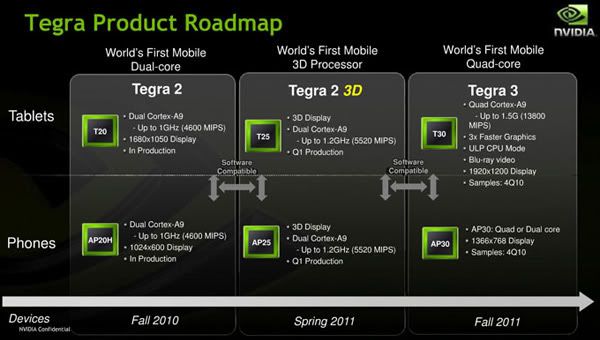Volatile meet Non-Volatile
All of us have already heard about Volatile and non volatile memories.Now, think of a memory which is both and changes its characteristics with our needs.Yes, It is Possible now. Its done through a double floating point FET.
Look, we get it, you'll want RAM that behaves like flash, flash RAM that behaves like, and everything in between – high-speed computer memory that is not its data is lost when power is turned off, and lasts years succession.
Whereas the single floating-gate variety is currently responsible for the flash memory in your USB keys and SSDs, the second floating gate lets bits of data stay in an active, ready state, but the computer can also apply a higher voltage to "freeze" them in place. Since the memory can switch between static and dynamic modes in a single cycle and the data never disappears in between, researchers imagine the new tech could lead to instant-on computers and power-saving techniques that shut down idle memory banks.
All of us have already heard about Volatile and non volatile memories.Now, think of a memory which is both and changes its characteristics with our needs.Yes, It is Possible now. Its done through a double floating point FET.
Look, we get it, you'll want RAM that behaves like flash, flash RAM that behaves like, and everything in between – high-speed computer memory that is not its data is lost when power is turned off, and lasts years succession.
Whereas the single floating-gate variety is currently responsible for the flash memory in your USB keys and SSDs, the second floating gate lets bits of data stay in an active, ready state, but the computer can also apply a higher voltage to "freeze" them in place. Since the memory can switch between static and dynamic modes in a single cycle and the data never disappears in between, researchers imagine the new tech could lead to instant-on computers and power-saving techniques that shut down idle memory banks.


